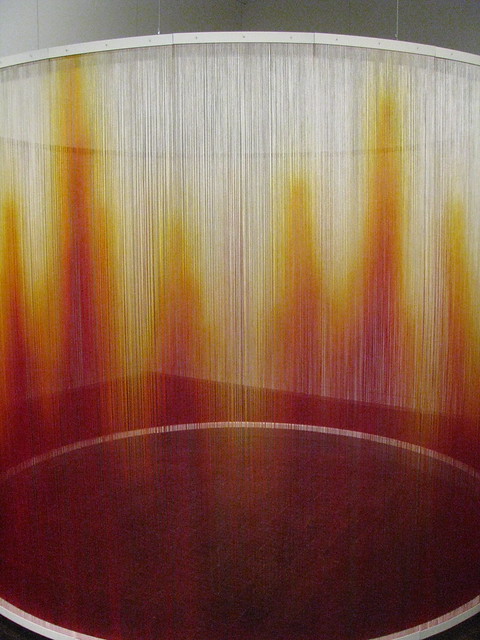TEDxUSagradoCorazon
“Herding Cats: Internet Communities for Scientists” was the name of the TED conference I live-streamed from my university this past Friday. It was given by Daniel Colon Ramos, a Puerto Rican scientist working at Yale University. He came down from Yale to give a conference at Sagrado Corazón.
He began by telling us that it is extremely important to know how the brain forms and functions. Then, he explained some facts about himself and his family; using his triplets’ experiences in acquiring knowledge to exemplify how our brain learns. We learn when we have contact or sight with someone or something. We gain knowledge by observing and encountering. Colon’s example was his triplets’ first contact with sand. Here they learned about its texture, feel, smell, taste, whatever the contact they had with it, their brains registered it.
Well, that’s the point with knowledge. How do we acquire it from each other if we don’t have the means to contact each other? Easy. Social media helps scientists, students, teachers, and people in general to communicate with each other and exchange that knowledge. One of the social platforms that was launched was “Ciencia Puerto Rico” (http://www.cienciapr.org/). It is an online community for people interested in science developments/knowledge from Puerto Rico. Composed of students, scientist, collaborators, professors, and teachers, Ciencia Puerto Rico gets over a thousand visits a month. People are interested in it. They are interested in transforming the way science is taught and thought about in Puerto Rico, but also in how it could be applied to other communities around the world, in order to impact and influence more.
Why do this? As Daniel Colon stated, first, scientific literacy is the basis for every knowledge-based economy. Second, scientific literacy is to the 21st century what knowing how to read and write was to the 20th century. In other words, it is extremely important for our communities’ evolution process. Lastly, scientist are the ones that can produce this knowledge, which is created in communities.
Project Ciencia Puerto Rico wanted to create collaboration from scientist communities. It wanted to bring people together, in this case, people that had a common desire: dispersing knowledge to others, getting the message out there. The cool thing about it is that some of you may think not many people are interested in doing this, but that’s wrong. This project is extremely popular, and it didn’t even need a marketing strategy. Currently, Ciencia Puerto Rico thousands of users from around the world. It was designed for people who had and interest in contributing towards Puerto Rican science. Social networking permitted this. It also allowed people to contribute easily by adding content to the website and exchanging knowledge. Most members are concentrated in Puerto Rico, but others are dispersed throughout the U.S. and Latin America. Many of them are students looking to create mentorships and interested in learning a little bit more. It is always important to learn a little bit more.
Does it work? Of course it does. In fact, Puerto Rico’s main newspaper “El Nuevo Día” transferred information from here on to articles that were published and used by teachers in schools. Basically, Ciencia Puerto Rico connected brains online! More brains + more scientists = more knowledge. Pretty simple math right there. The main component you need to take from here is that science in produced in few places. Social media helps connect these places and communities, in order to have everyone contribute to each other’s ideas. If this is something that interests you, help out. Help change the way every scientist communicates with each other and the general public. Help knowledge surface. Check the website out and lend a hand to make our world a more knowledgable one.



Leave a Reply
You must be logged in to post a comment.